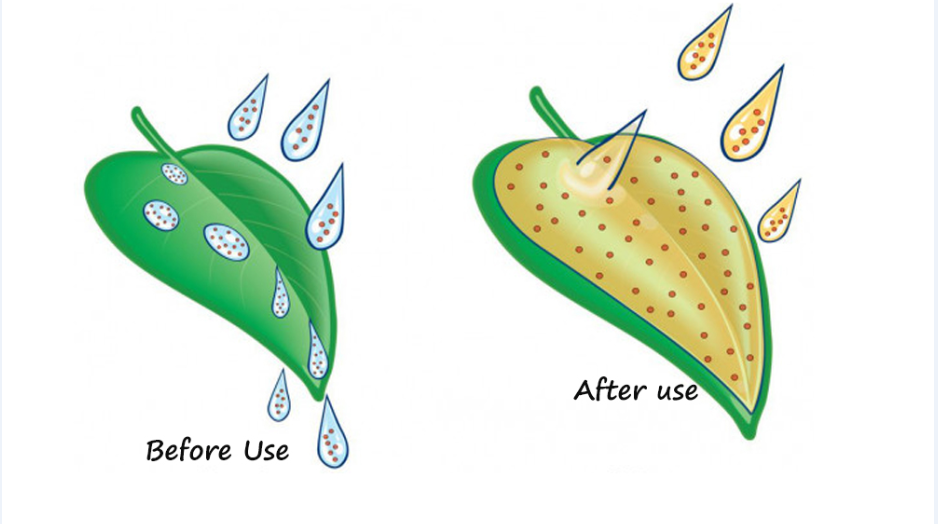In general, the finer the mineral element pre-mixed additives are, the more homogeneous the mixing, the better the feeding effect. The fineness of various mineral trace element additives should be at least 60 mesh. After the energy and protein feed are crushed, they can increase the contact surface between the feed and the digestive juice of the livestock and poultry, and can improve the digestibility of the feed. However, they should not be crushed too fine, resulting in insufficient chewing of the animal and the uneven mixing of the saliva, and thus impeding digestion. The fineness of the feed should vary depending on the type of livestock and poultry.
The chicken's feed should not be too fine, because the chicken likes to eat pellets or broken cereals, can be used with the thickness. Rice, broken rice can be directly added to the mixer in granular form. The fineness of wheat and barley should be less than 2.5 mm. Corn, brown rice and soybean cake should be processed into powdery material. When laying hens produce soft shell eggs that require calcium supplementation, it is desirable to feed granules of calcium, that is, to grind limestone, shells, etc., into sorghum grain-sized granules, which are fed at the end of each evening when they are fed. Because the particle calcium stays in the chicken for a long time, it is beneficial to the absorption and utilization of the chicken body, so the effect of calcium supplementation is good.
Piglets are fed with specially formulated pelleted or chopped feeds. Beans and other energy feeds can be fried and fed. Small pigs under 25 kg can feed general piglets; 25 kg or more of pig feed can be finely chopped Degree can be controlled within 2 mm. Feed the pig's feed, the finer the better.
The comminuted fineness of cattle and sheep's concentrate feed can exceed 2 millimeters, because the cattle can ruminate, the feed is a little thicker to help rumination and improve the digestibility of the feed. Old cattle and sheep's feed can be crushed to within 1 millimeter to facilitate digestion.
While considering the type of livestock and poultry, the fineness of the feed must also be taken into consideration so that fat-rich cereal feeds such as corn and oats are not crushed and stored for too long, so as to avoid deterioration and deterioration.
The Silicone Adjuvant is wetting and Penetrating Agent for the agrochemical.
Chemical name: Polyalkyleneoxide Modified Heptamethyltrisiloxane
Silicone adjuvant is a super-spreading surfactant based on a trisiloxane ethoxylate.
Spray Adjuvant lowers the surface tension of spray solutions, beyond that which is achievable with conventional adjuvants.
And,Silicone Surfactant promotes rapid uptake of agrochemicals into plants via stomatal infiltration.
spray adjuvant is nonionic in nature, making it useful with a broad range of agrochemical formulations.

Silicone Adjuvant
Silicone Additives,Silicone Adjuvant,Silicone Surfactant,Penetrating Agent,Polyalkyleneoxide Modified Heptamethyltrisiloxane
Jiangxi Tiansheng New Materials Co.,Ltd , https://www.jxtsxcl.com